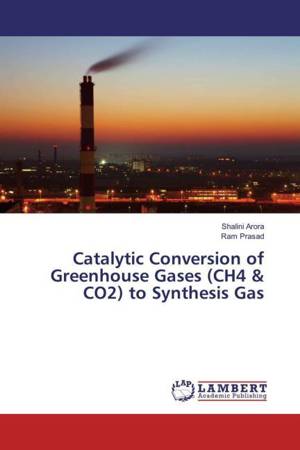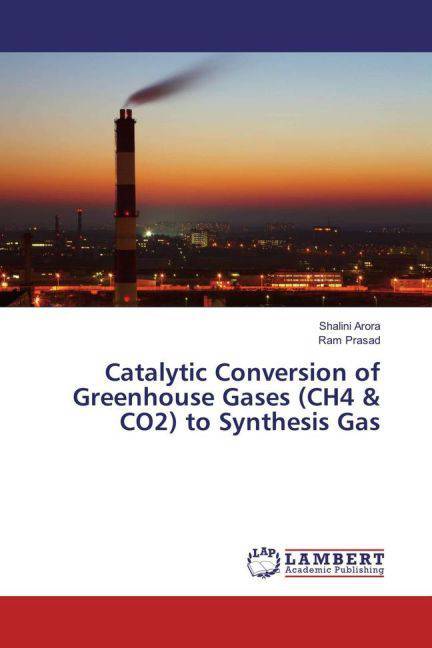
- Afhalen na 1 uur in een winkel met voorraad
- Gratis thuislevering in België vanaf € 30
- Ruim aanbod met 7 miljoen producten
- Afhalen na 1 uur in een winkel met voorraad
- Gratis thuislevering in België vanaf € 30
- Ruim aanbod met 7 miljoen producten
Zoeken
Catalytic Conversion of Greenhouse Gases (CH4 & CO2) to Synthesis Gas
Shalini Arora, Ram Prasad
Paperback | Engels
€ 49,45
+ 98 punten
Omschrijving
Catalytic reforming of methane (CH4) with carbon dioxide (CO2) known as dry reforming of methane (DRM) produces synthesis gas which is a mixture of hydrogen (H2) and carbon monoxide (CO). CH4 + CO2 2CO +2H2 Ho = 247.3 kJ/mol, G = 61770-67.32T The DRM process has gained much attention these days because of reducing greenhouse gases (GHG) CO2 and CH4 from the atmosphere. In addition to reducing GHG, the DRM process produces valuable chemicals (CO+H2), provides a good approach to utilize biogas and natural gas with a significant amount of CO2, have good capability of chemical energy transmission system as compared to steam reforming and finally yields unit H2/CO ratio as desired for Fischer-Tropsch Synthesis. But the main issue associated with this process is catalyst deactivation due to carbon formation in two side reactions of DRM process. Need of high external energy and carbonaceous deactivation of catalysts keep this process far away from industries. So this book contain an overview of the process with all possible ways of reducing problems associated with it.
Specificaties
Betrokkenen
- Auteur(s):
- Uitgeverij:
Inhoud
- Aantal bladzijden:
- 112
- Taal:
- Engels
Eigenschappen
- Productcode (EAN):
- 9783659940255
- Uitvoering:
- Paperback
- Afmetingen:
- 150 mm x 220 mm

Alleen bij Standaard Boekhandel
+ 98 punten op je klantenkaart van Standaard Boekhandel
Beoordelingen
We publiceren alleen reviews die voldoen aan de voorwaarden voor reviews. Bekijk onze voorwaarden voor reviews.








